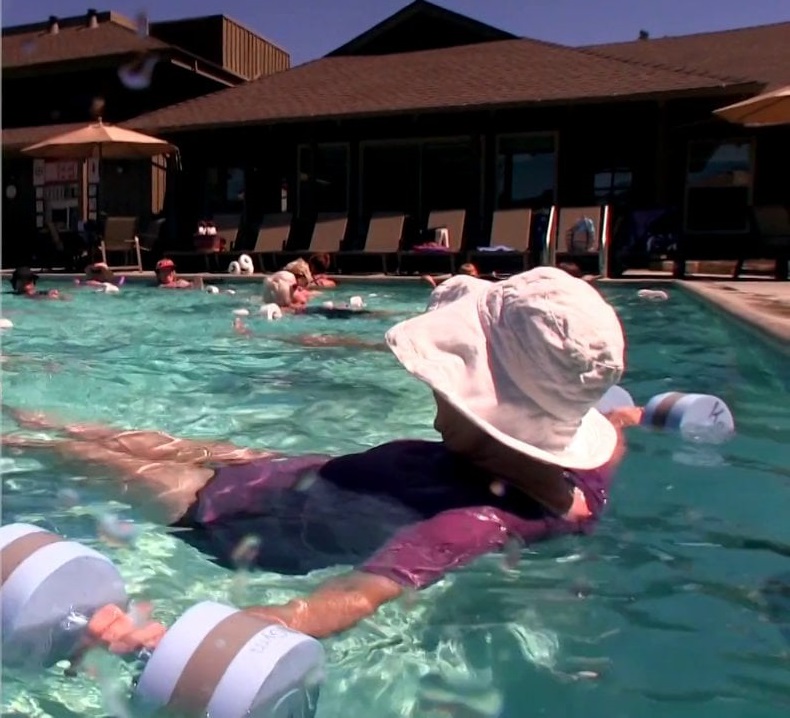Aquatic therapy is a popular form of physical therapy because of the low stress on patient’s bodies. Being submerged in water is shown to lower blood pressure and increase circulation, among other benefits. The non-abrasive nature of aquatic therapy makes it ideal for patients with severe pain, the elderly, and those with certain disorders.
What are the other benefits of aquatic therapy? There are several techniques and exercises developed just for water rehabilitation.
- Ai Chi
Based on qigong and tai chi chuan, this water therapy practice was created to help with resistance training in water. It strengthens and relaxing the body, and helps with diaphragmatic breathing. Patients coordinate their breath with slow poses and movements. There are 19 movements, or katas, in total, all performed in shoulder-deep water. It’s effective for meditative and relaxing rehabilitation, and total body strengthening.
- Burdenko Method
This method combines land and water exercises for a more vigorous rehabilitation. Patients perform traditional exercises and stretches while underwater to reduce stress on their joints and muscles. This is good for patients able to take on a more strenuous routine.
- Halliwick Concept
This one comes from England, and is all about balance and stability. This technique was designed for people with disabilities, and goes through 10 steps, including mental adjustment, motor control, and rotation control. The focus is on being able to stand up when we lose our balance.
- Water Jogging
This simple exercise is just what it sounds like, running underwater! Patients use a floatation device to make jogging motions with their legs and arms while in deep water, where their feet don’t touch the floor. Special shoes, flotation belts, and weights are used to help patients keep their balance. Water jogging is ideal for cardiovascular fitness, and is an impact-free workout.
- Watsu
One of the most gentle forms of water therapy, Watsu requires a physical therapist to physically guide the patient in the water, holding them while going through massages, rhythms, and stretches. Watsu takes place in warm water and is deeply relaxing. This is particularly beneficial for patients recovering from an injury or surgery. Watsu is a fairly new technique, developed in the 1980s, and has made a splash in physical therapy.
If you think aquatic therapy could help you call Premier Physical therapy and get back to life.


